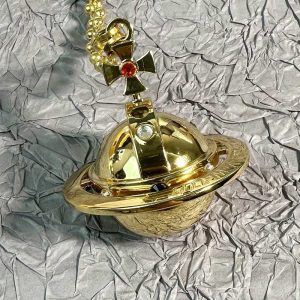-
×
Silver NANA Lighter
1 × $99.00 -
×
Gold NANA Lighter
1 × $99.00 -
×
KEEP ONE, GIFT ONE
1 × $179.00 -
×
Silver & Gold Premium Kit
1 × $179.00
Blog
How Does NANA Anime End? Breaking Down the Ambiguous Finale
How Does NANA Anime End? Breaking Down the Ambiguous Finale
The anime adaptation of Ai Yazawa’s manga, NANA, has left fans both captivated and confounded since its airing. With its rich character development and poignant themes surrounding love, friendship, and the passage of time, the conclusion of NANA’s story provides an ambiguous and thought-provoking finale that has sparked numerous interpretations among its audience. Let’s delve into the crucial scenes in the last episode, the implications of its open-ended conclusion, and how the creators have discussed these themes over the years.
Key Scenes in the Finale
The series finale of NANA tenderly encapsulates the emotional turmoil that both titular characters, Nana Osaki and Nana Komatsu, have endured throughout their journey. Key scenes highlight this turbulence—most notably, the enigmatic disappearance of Nana Osaki. As the episode unfolds, we see the stark contrast in outcomes for both Nanas, who have dreamt of success and happiness yet find themselves overshadowed by unmet aspirations and personal struggles.
In a haunting sequence, Nana Osaki’s absence is felt like a gaping void. Her departure raises questions about her pursuit of dreams and the sacrifices she made along the way. As she fades from the narrative, it becomes clear that her character embodies the theme of relinquishing one’s hopes and the complexities of adult life. Meanwhile, Hachi, or Nana Komatsu, grapples with her own identity as she traverses the tumultuous aftermath of her relationships with both Nana and the other members of the band.
The episode culminates with a poignant monologue from Hachi, often referred to as “小八” (Kohachi), which encapsulates the series’ essence. Hachi reflects on the uncertain nature of life and the inevitability of change, embodying the feeling that nothing can remain in stasis. Her lines resonate as a bittersweet acknowledgment that while love may fade and dreams may shatter, the memories and connections they forged are eternal.
The Ambiguous Ending: An Intentional Choice
NANA’s open-ended nature has provoked robust discussions about the intentions behind its conclusion. The uncertainties surrounding the characters’ futures echo the central theme of “人生無常” (the unpredictability of life). Just as many individuals face unexpected twists in their lives, so too do the characters in NANA. The unresolved arcs of Nana Osaki’s fate and Hachi’s ongoing struggle reveal a stark truth about the nature of real-life experiences: they are rarely neatly packaged with clear resolutions.
In interviews, director Takimoto Hiroshi has expressed a desire to resonate with audiences on a personal level. He believes that life, much like the stories told in NANA, is characterized by moments of clarity blended with confusion and unfulfilled expectations. By choosing to leave the viewers with unresolved storylines, Takimoto aims to evoke introspection and provoke thoughts about the unpredictable nature of both individual and collective realities.
Fan Theories and Future Possibilities
The lack of clarity in the ending has given rise to numerous fan theories that speculate on the fates of the beloved characters. Some fans theorize that Nana Osaki may be pursuing her music career in a different city, distancing herself from past traumas, while others believe she could be living in isolation, grappling with her demons. Some posit that both Nanas may ultimately find each other once again, suggesting an eventual reconciliation amidst the chaos of their lives.
Moreover, certain fans highlight moments throughout the anime that hint at interconnected destinies, suggesting that the two Nanas may be fated to cross paths again. The fragmented narrative and character development lead viewers to consider that their paths may not be definitive, opening a door for many possible interpretations.
The finale of NANA is a rich tapestry woven with emotions, uncertainties, and a profound understanding of human fragility. Through the disappearance of Nana Osaki and Hachi’s vulnerable reflections, the creators seamlessly emphasize the series’ overarching theme: life’s inherent unpredictability. While the ending remains ambiguous and open to interpretation, it resonates deeply with audiences, inviting them to draw their own conclusions and reflections on life, love, and the passage of time.
In a world that is often chaotic and uncertain, NANA stands as a testament to the complexity of human experiences, leaving an indelible mark on the hearts of its viewers, and reminding us all that there is beauty in the ambiguity.

 Silver NANA Lighter
Silver NANA Lighter  Gold NANA Lighter
Gold NANA Lighter  Silver & Gold Premium Kit
Silver & Gold Premium Kit